I am a visual artist who, in addition to painting and sculpting, works with the medium of electricity. My reasons are twofold: (1) I believe that electricity is the most important creative medium of our time and therefore paramount to contemporary artistic practice; and (2) I am fascinated by the spark of life in both biological organisms and manmade machines. Electricity has empowered humans to separate from nature in unprecedented ways, and yet electrical engineering gives us unparalleled insight into the nature of life on Earth. Through my art, I want to share my passion for electrical engineering and demonstrate its power to bring us closer to nature through understanding. I aim to reach a diverse audience, not limited to people with an engineering background.
In this project, I do not use code or recordings to create sound --only hardware and a power supply. In today’s world of programmable logic and high-level interfaces, my return to 1970s-era technology might seem idiosyncratic, but to quote Forrest Mims III, “analog electronics parallels living organisms while programmable logic merely simulates life.” I use simple hardware because I want to gain insight into the transformation of electricity by physical components. Technical complexity makes it hard to understand what's actually happening. I would prefer to build these circuits using entirely discrete analog electronic components, to make the flow of electricity as explicit as possible, but I have found the cost to be prohibitive.
This leads me to another important reason for my approach to electronic art-making: not only cost, but engineering complexity is a barrier for most artists. Electrical engineering has radically altered civilization but is not widely understood as a creative medium —certainly not by poets, artists, naturalists and other non-technical types of people. Most contemporary tools for electronic expression are high-level platforms with interfaces that distance the artist from a fundamental understanding of electricity. Of course we can use existing electronic devices to make art without any knowledge of electricity or engineering, but greater understanding of the medium yields deeper insight and a broader, more robust field of creative expression.
The circuits presented in this project are intended to delight with the recognizable sounds of nature, educate through design simplicity, empower with low-cost reproducibility, and inspire an appreciation for the art of electrical engineering.
 Kelly Heaton
Kelly Heaton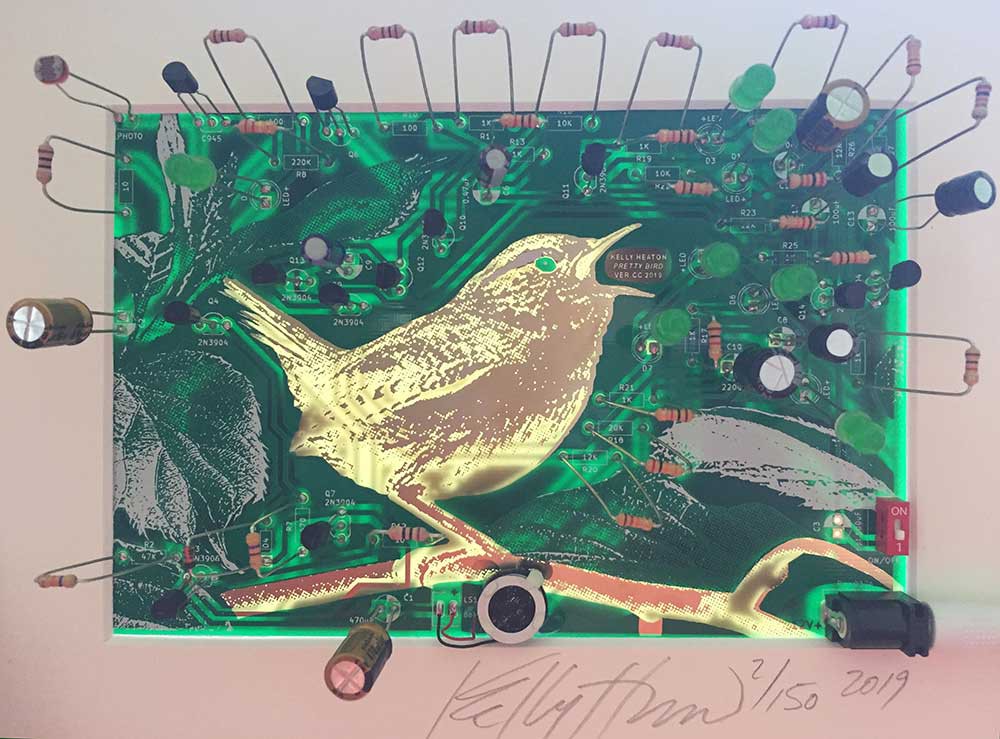
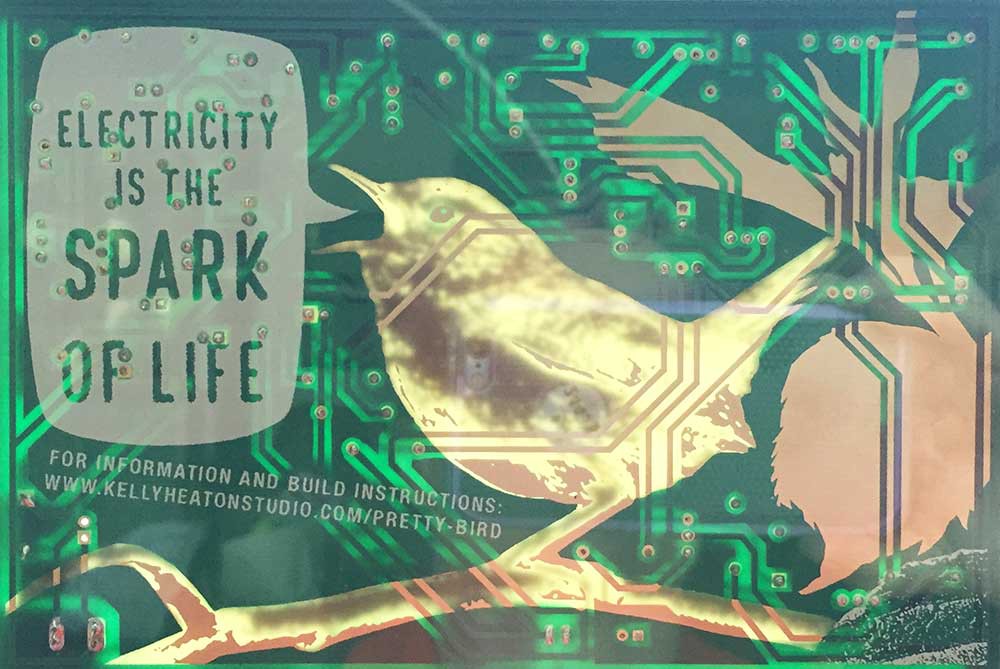
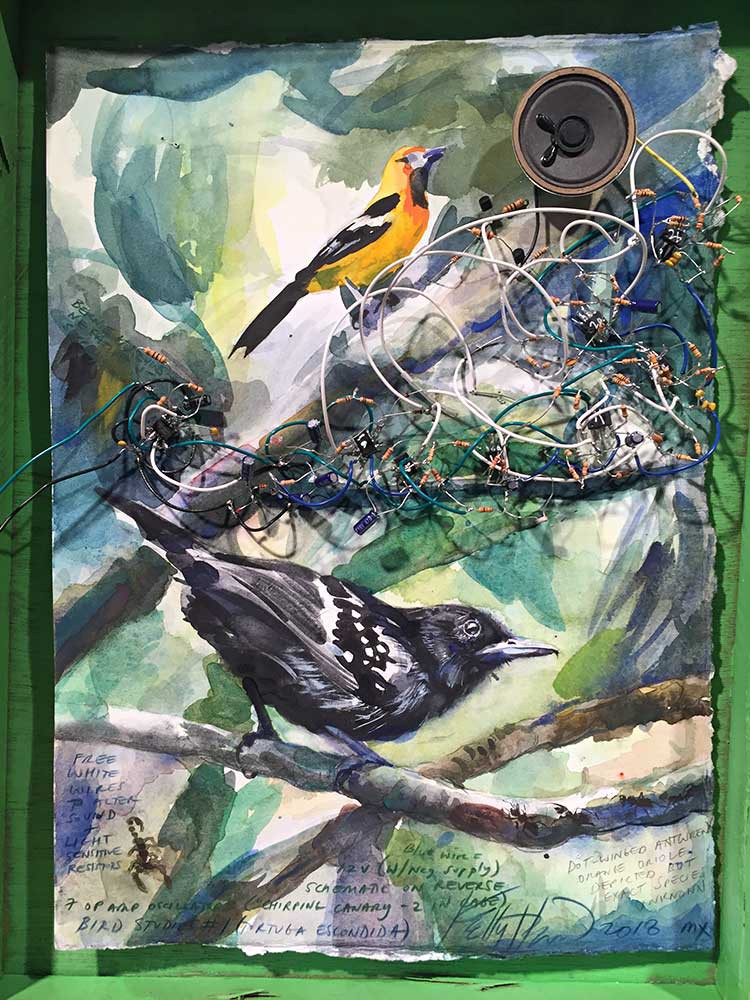
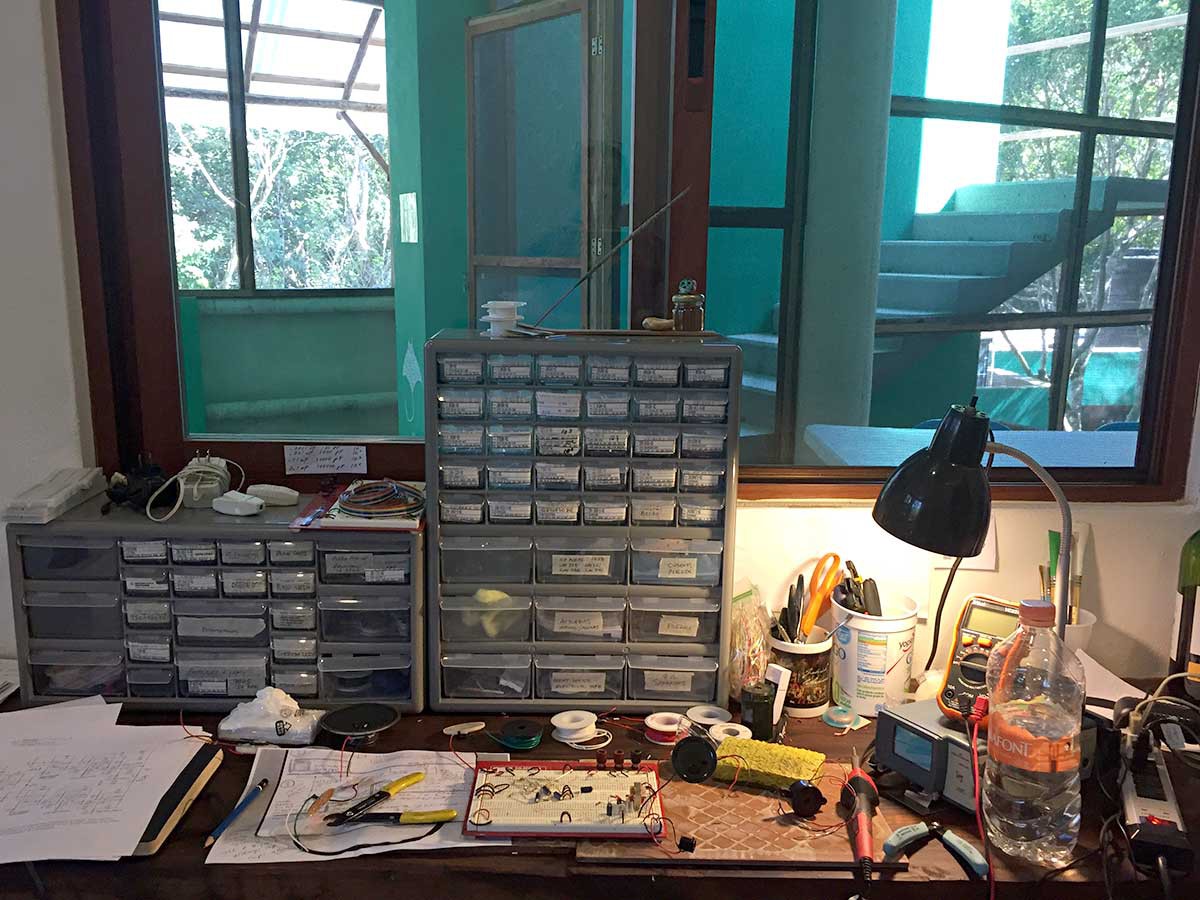
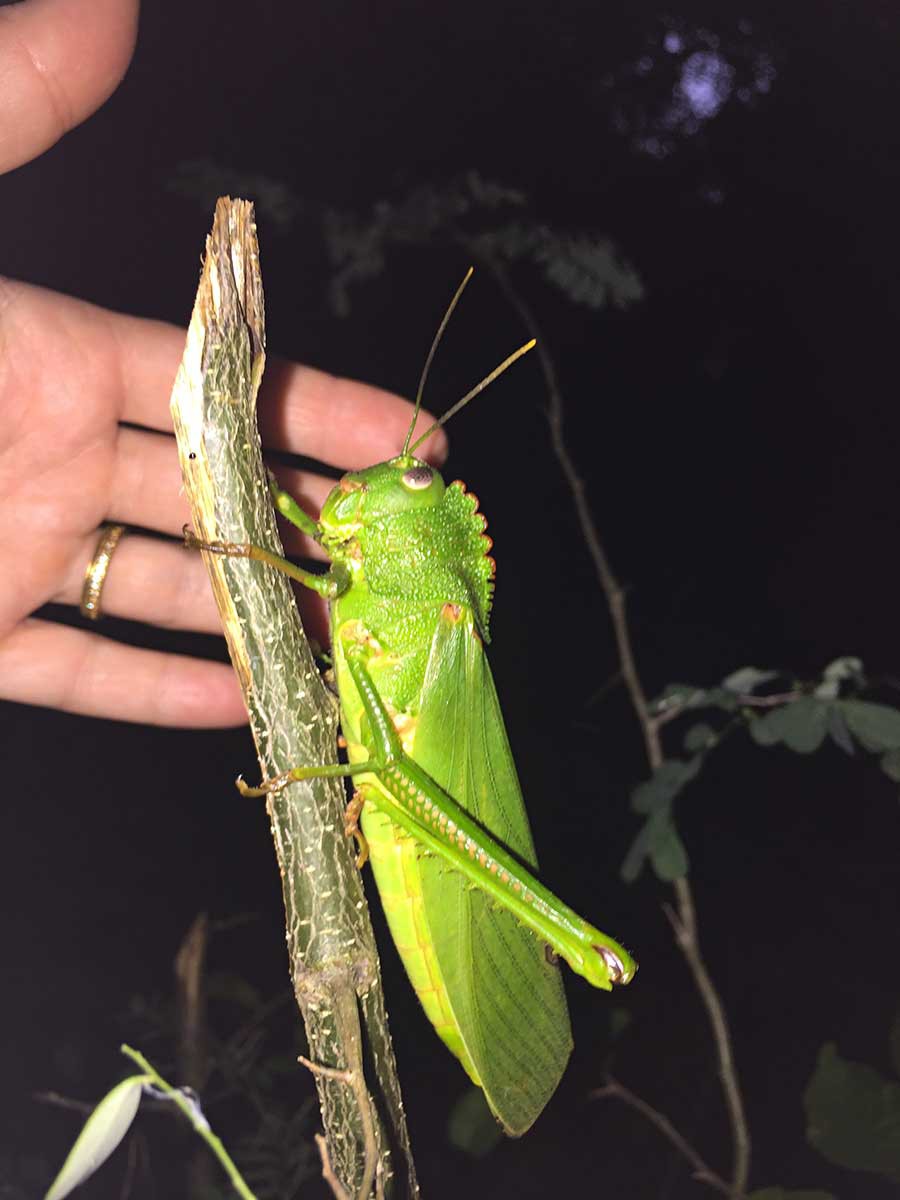
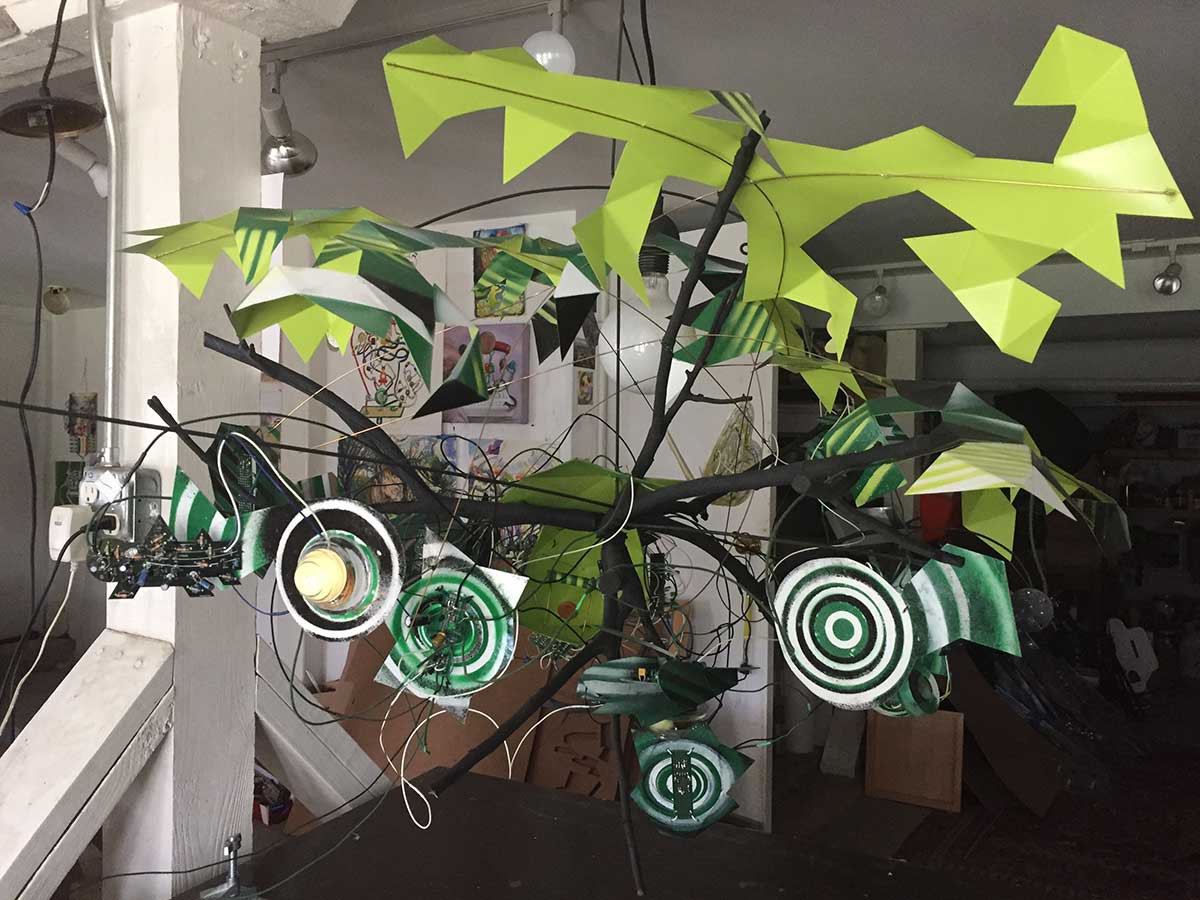
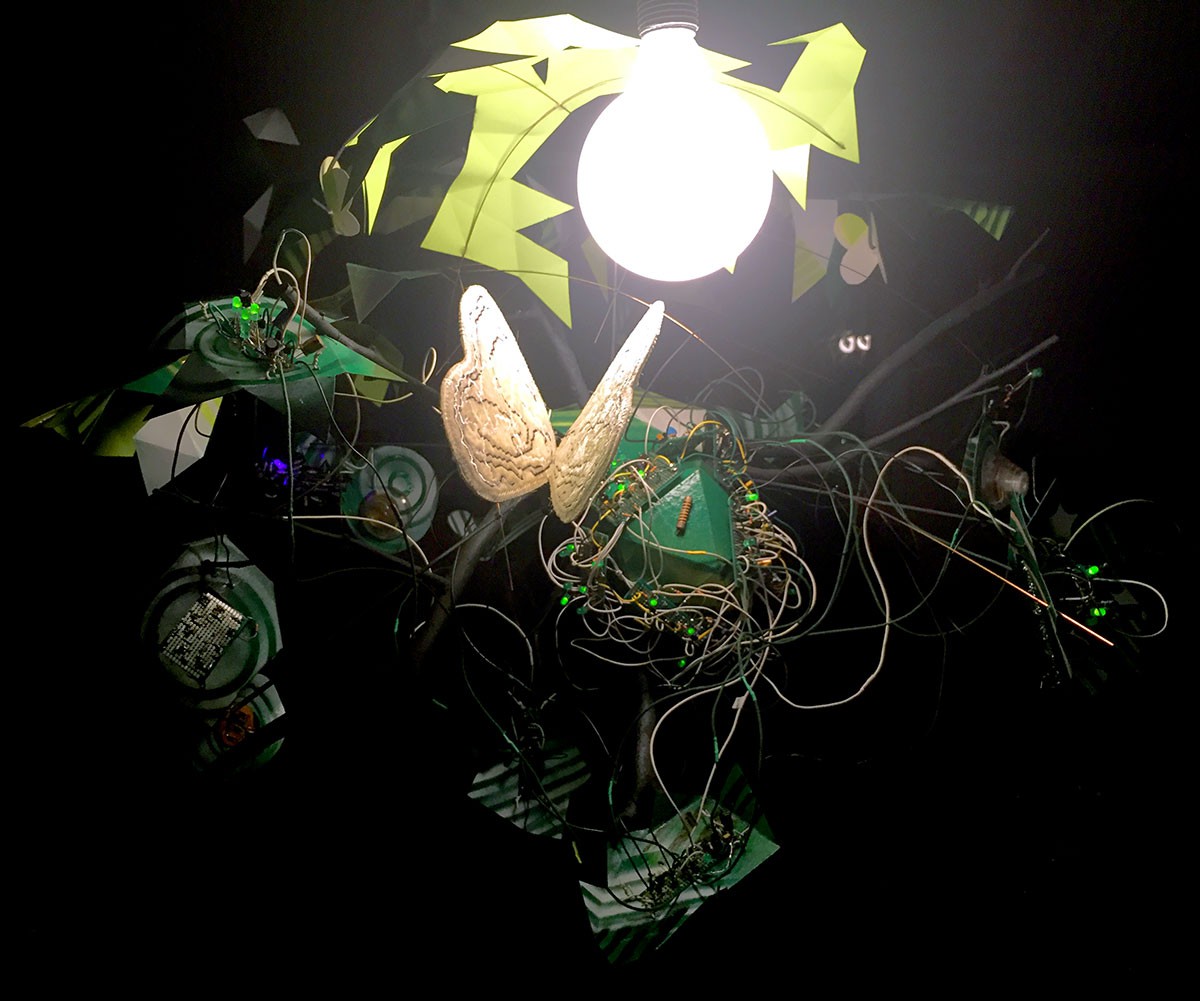
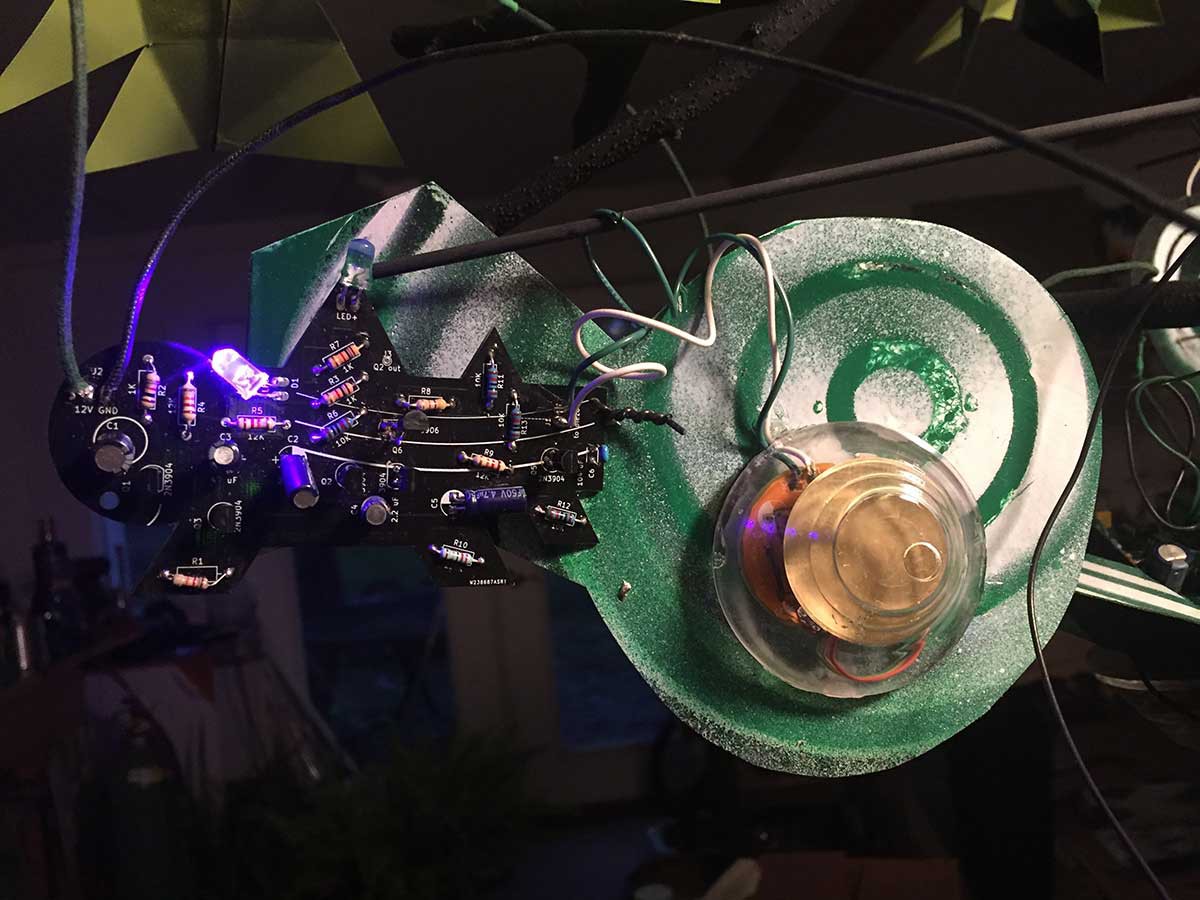
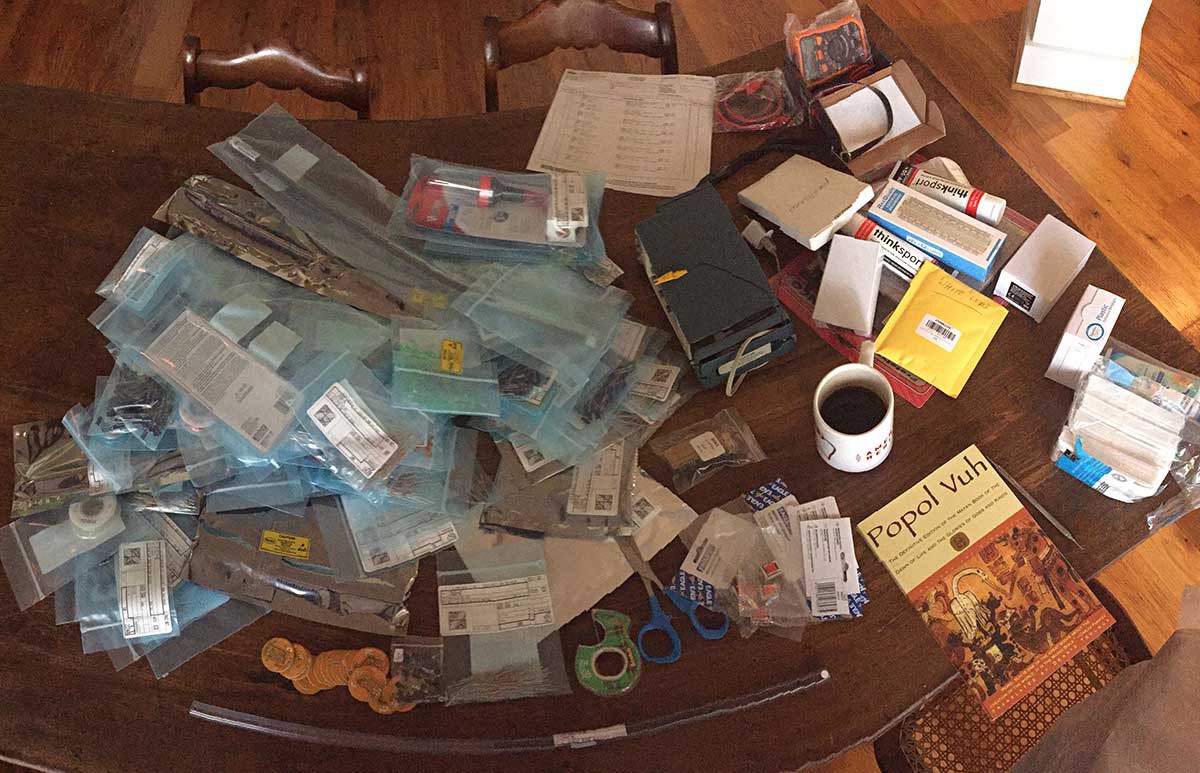
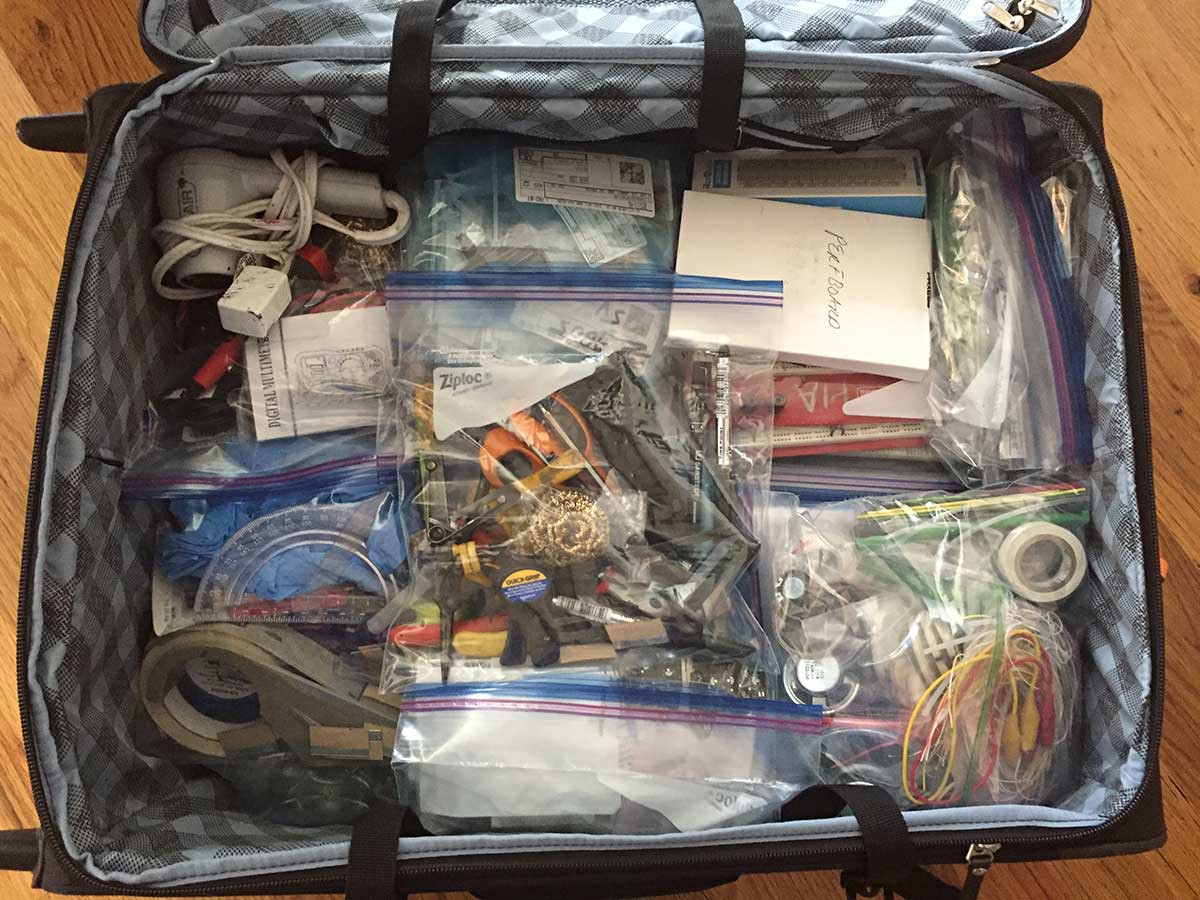
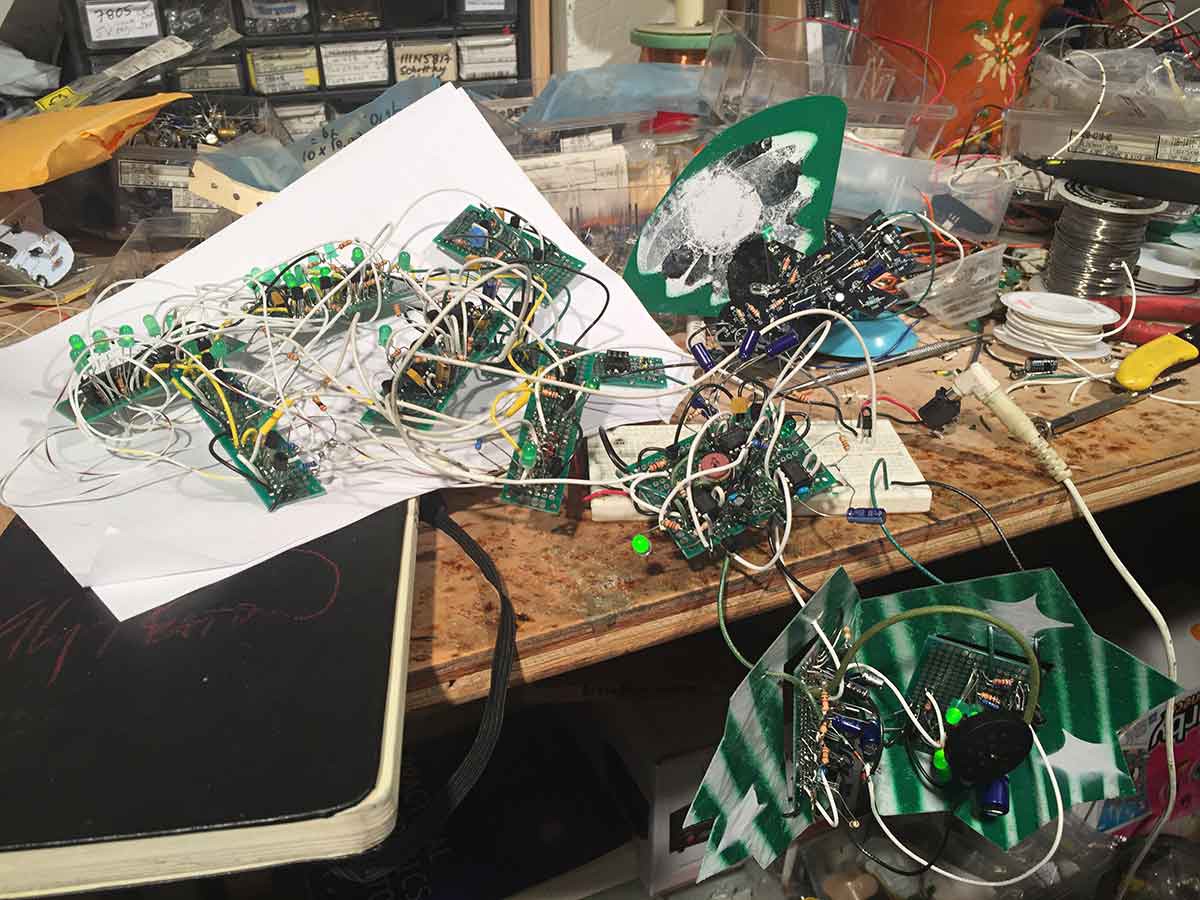
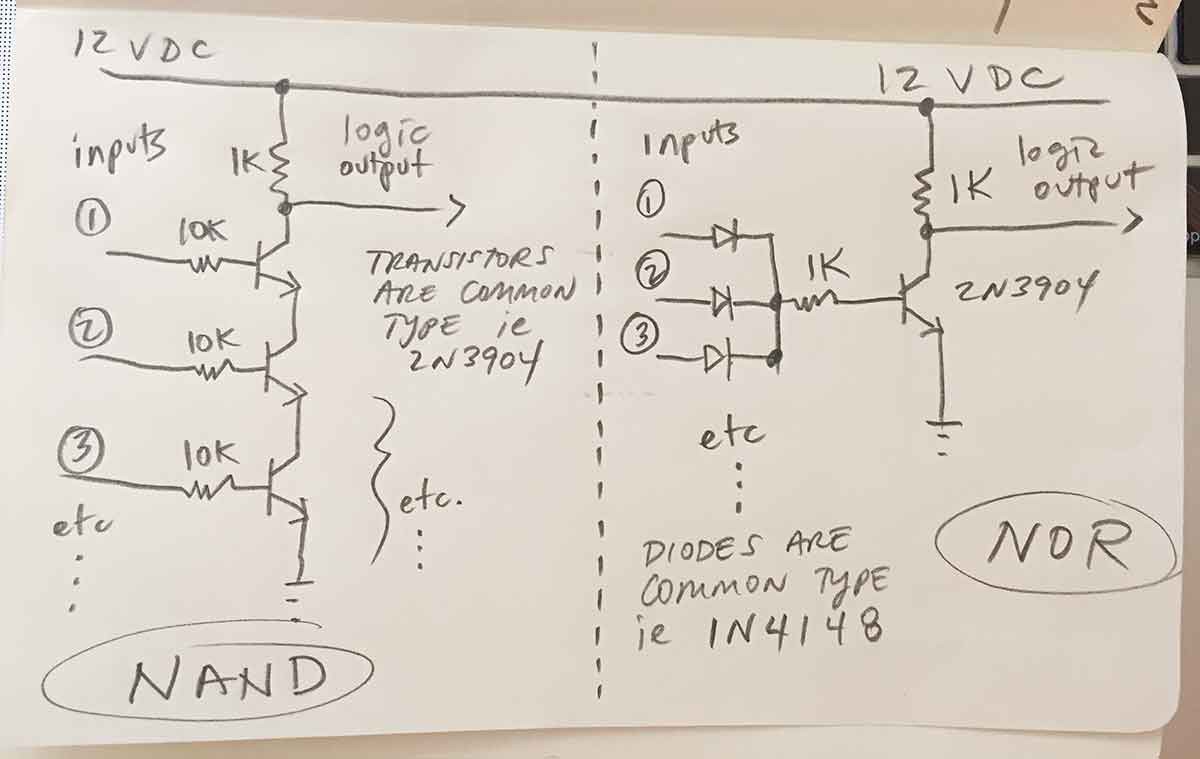
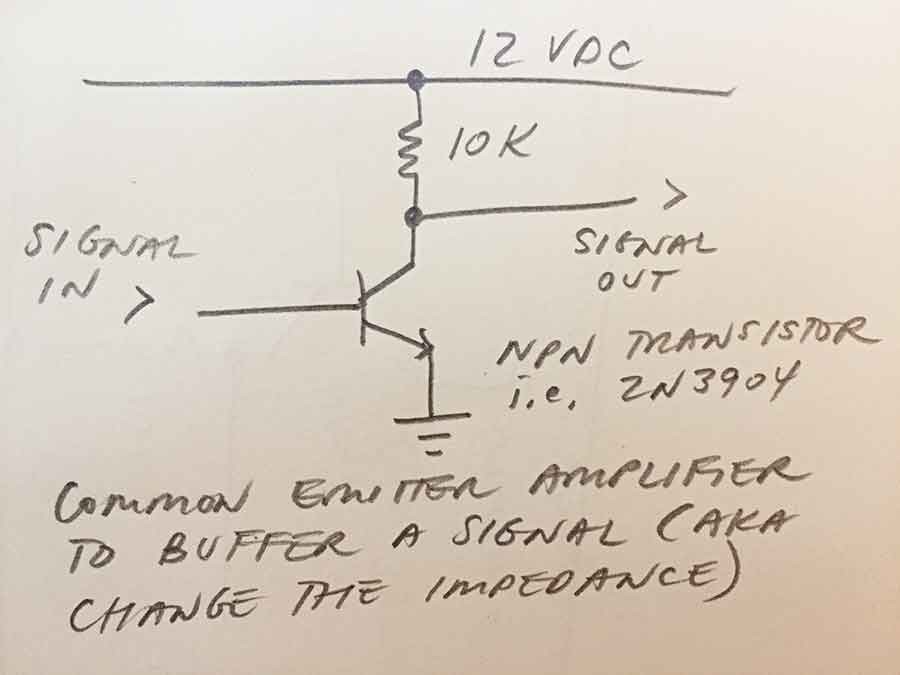
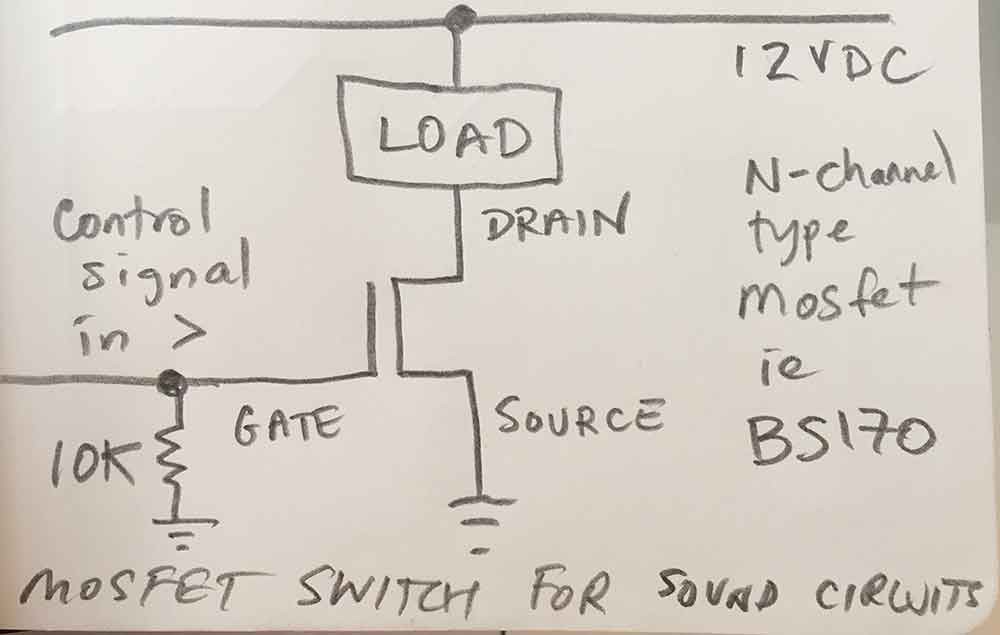


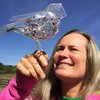


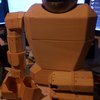

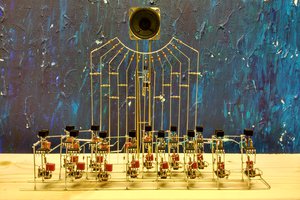
 MaBe42
MaBe42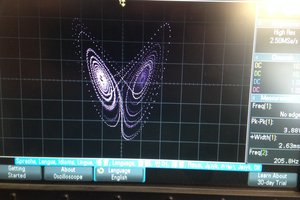
 Tom Quartararo
Tom Quartararo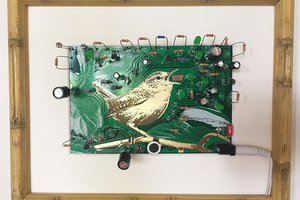
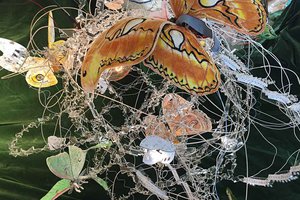
amazing!!!